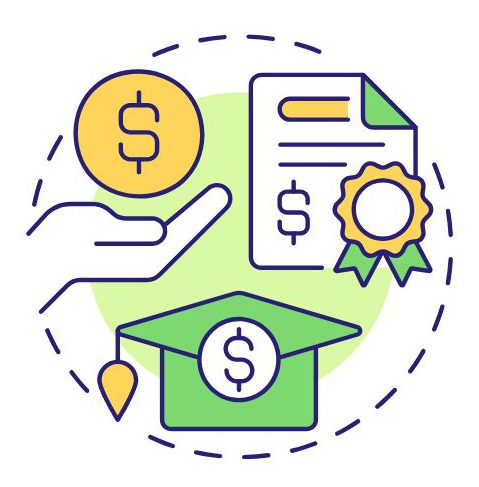
Short-Term Strategies for Financial Aid Success
Posted February 13, 2014, 4:00 pm by
With FAFSA season fast approaching, you no longer have the luxury of long-term financial planning for college unless you happen to stumble upon a 1985 Delorean fully- loaded with a flux capacitor (in which case you should pull a Biff, bet on future sports events, and not even worry about financial aid).
Space-time continuum transcending scenarios aside, here are some essential strategies for maximizing your federal aid.
1. Don’t assume that you are too wealthy to be eligible for aid
Common sense would tell you that a family living in a 20,000-square-foot McMansion, driving matching his/her Maseratis, and spending Sunday afternoons inhaling caviar by the ton from the deck of their own yacht would be at a great disadvantage when it came time to convince the Department of Education that they needed help covering a tuition bill. Yet common sense, as is often the case in the perplexing world of college financial aid, would be wrong. One’s primary residence, automobiles, and yes, even luxury boats, do not count as assets according to the FAFSA’s formula. You have nothing to lose by filling out a FAFSA form even if you’re using Thomas Jefferson’s quill pen you won at Sotheby’s to do so.
2. Take assets out of your child’s name and into your own
Now, we’re not advocating spending your kid’s summer job earnings on a new wardrobe or bedroom Jacuzzi. This one actually comes down to simple math. The government uses the FAFSA to calculate something called your Expected Family Contribution (EFC). While your assets are calculated at 5.65%, your child’s assets come in at a far heftier 20%. In other words, for every $1000 in your son or daughter’s bank account, your EFC will increase by $200. If that same $1000 was in your name your EFC would only increase by a little more than 50 bucks.
3. Use savings to pay down debt
Now that you understand the EFC, you can imagine why it would be beneficial to take any money that you have in savings and use it to pay of credit card debts, auto loans, or even to prepay your mortgage. The world of financial aid punishes you for having large stacks of available cash and does not reward you for having a massive, high-interest credit card debt. Thus, paying off debt before submitting the FAFSA can kill two birds and greatly improve your chances of getting more aid. It may just be the most lucrative shifting of funds you can do not involving the Cayman Islands.
Finally, we recommend submitting your FAFSA forms as soon as possible after January 1st—to maximize your eligibility for federal, state and institutional aid—so if you’re considering any of the above financial moves, now is the time to act.
You may be 1.21 gigawatts short of turning back the future, but if you heed our short-term advice, you can still make your financial prospects a little brighter.
Blog Categories
- Career Advice
- College Admissions
- Colleges & Universities
- Financial Aid and Scholarships
- For Counselors
- For Parents
- For Students
- Gap Years
- Mental Health and Wellness
- Online Learning
- Performing and Visual Arts
- STEM Majors and More
- Summer Programs
- Teen Volunteering
- Trade & Vocational Schools
- Tutoring & Test Prep

Organization with listings on TeenLife? Login here
Register for Free
We’re here to help you find your best-fit teen-centered academic and enrichment opportunities.
Forgot Password
"*" indicates required fields








